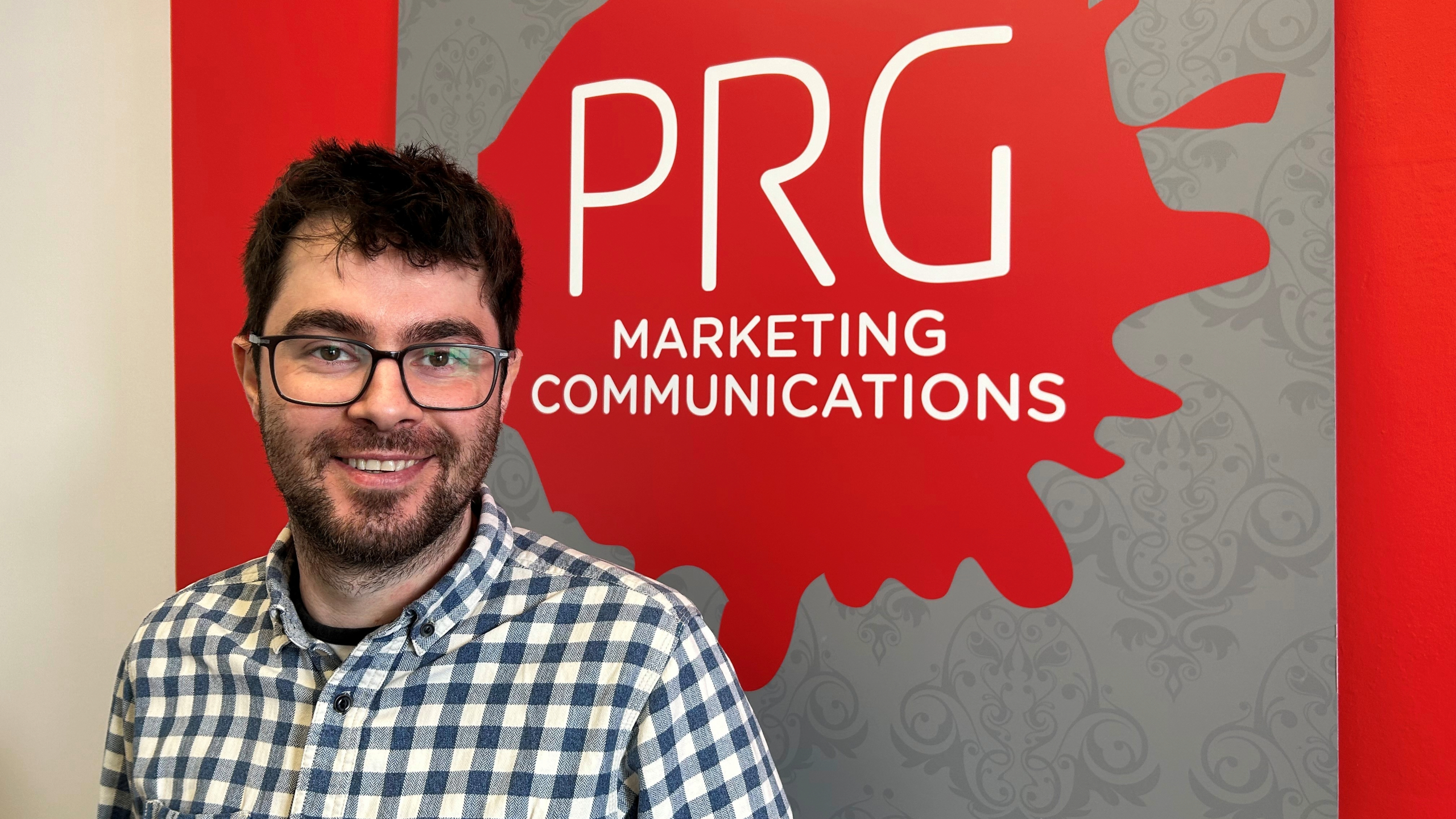
A creative brief will have a direct correlation on the direction taken and the end result. Marketing communications – be that any of the disciplines of advertising, digital, PR, direct, social media – involve a notable financial investment and have the potential to change your business, therefore the brief needs to be watertight.
Briefing communications agencies requires the same level of professionalism, attention to detail and thought as any other area of business activity. Often, because the process focuses on creativity and ideas, it can wrongly be assumed that a strong brief can stifle creativity; in fact the opposite is true, where a degree of subjectivity is involved, firm direction is incredibly important.
Better creative briefing will produce better results, faster and at a lower cost. It’s not a business option but a business imperative.
So, how do you approach writing a creative brief? Our marketing experts have included some helpful steps below.
Background
Before we work out how to get your business to where you want it to be, we need to understand where it is now. Providing a background to your company is vital. The below bullets can provide helpful direction:
- What your company does
- Why they exist
- What products or services are offered
- Who is your target audience (for this project)
- Competitor breakdown, who are they and what are they doing well
- Market position
- Brand guidelines
- Budget and timings.
If the company has brand guidelines, supply them. To produce something on brand and consistent with existing brand communications, we will need your brand guidelines.
Don’t be frightened of discussing money. When the budget question arises it isn’t a trick question, we are simply trying to understand what we can achieve within the budget. A ball park figure is fine at this stage.
Timings are another area which needs to be nailed down at the start! Be clear and concise about your expectations. For example, you may want to invite us to discuss the brief within one week, pitch our ideas within three weeks and deliver the final project within 10. This helps us not only understand your timescale expectations, but allows us to manage the production schedule effectively and efficiently.
Target audience
Understanding the audience is key; this is such an important area. Putting yourself in the shoes of your audience can help. Try to focus on the below:
- Behaviours
- Influences
- Motivators.
Objectives
This area includes, but doesn’t need to be limited to, items such as:
- What is the end goal?
- What needs to be achieved?
- What problem/s are you solving for the consumer?
- How does the project fit with your bigger objectives?
What does success look like?
This area is often overlooked. But it is so important! Tying down what success looks like will also help to focus your mind. Some examples from previous clients include:
- A 50% increase in web traffic
- A 20% increase in website conversions
- A 15% increase in enquiries.
Next steps…
Our hope is that this blog will encourage more in depth thought about briefing techniques. If you would like to arrange a meeting to discuss your next creative marketing campaign, or if you would like help tying down an initial creative brief contact out team on 01323 411044 or email info@prgltd.co.uk

